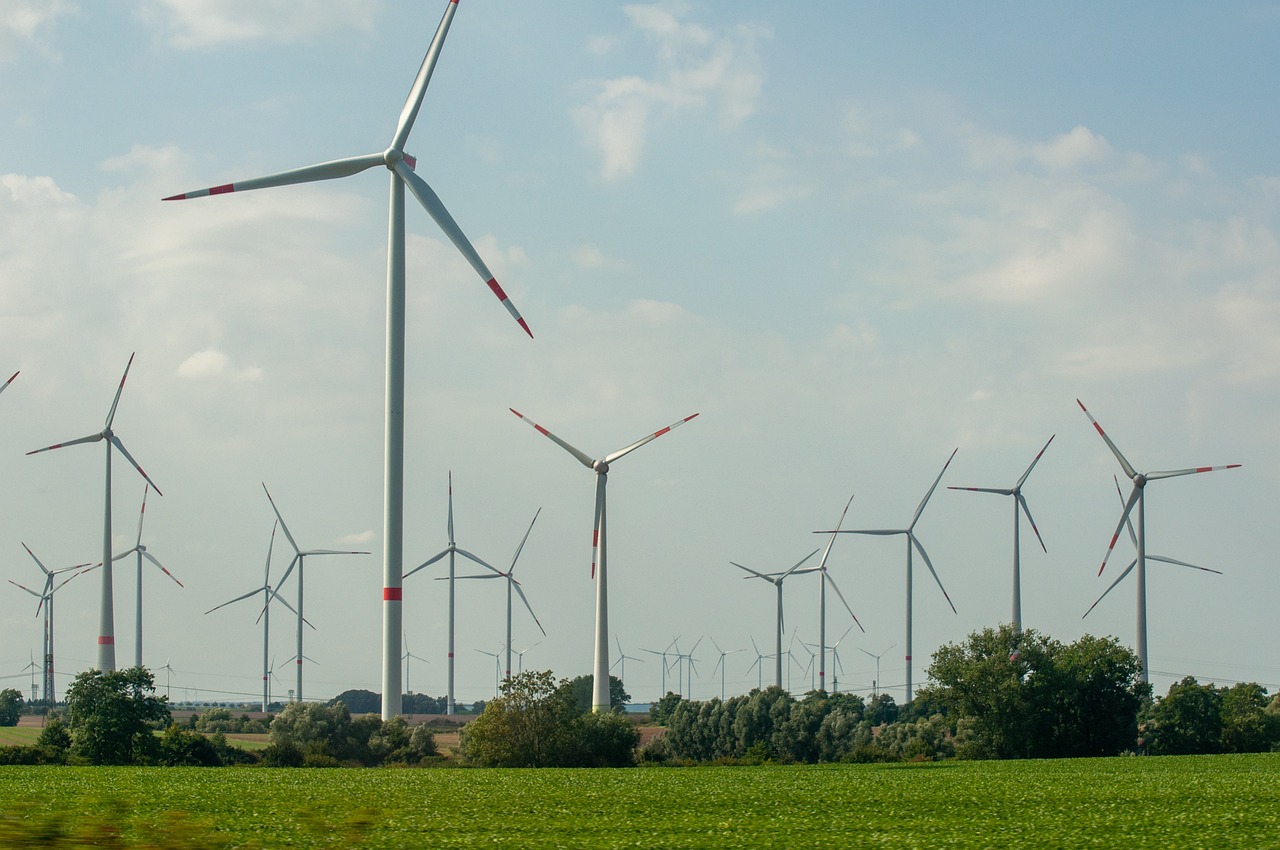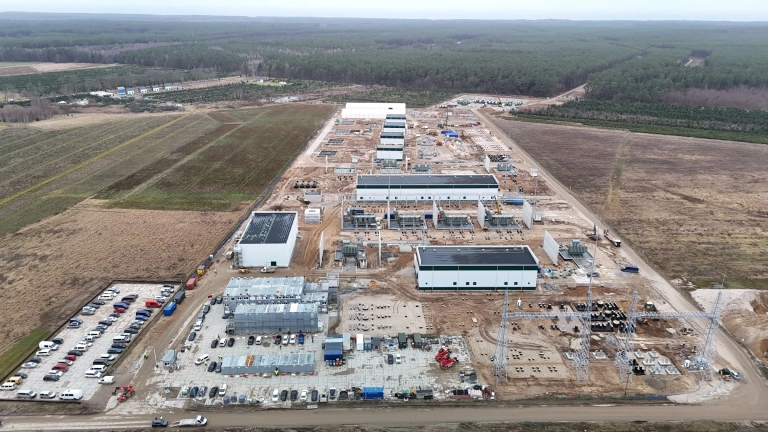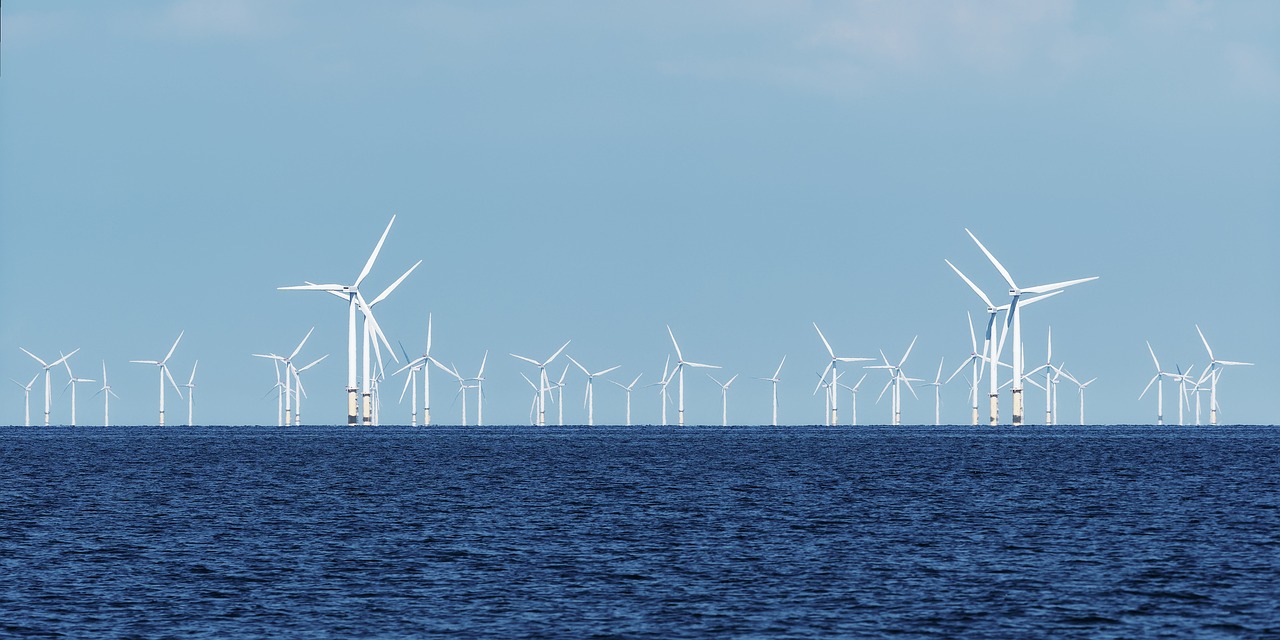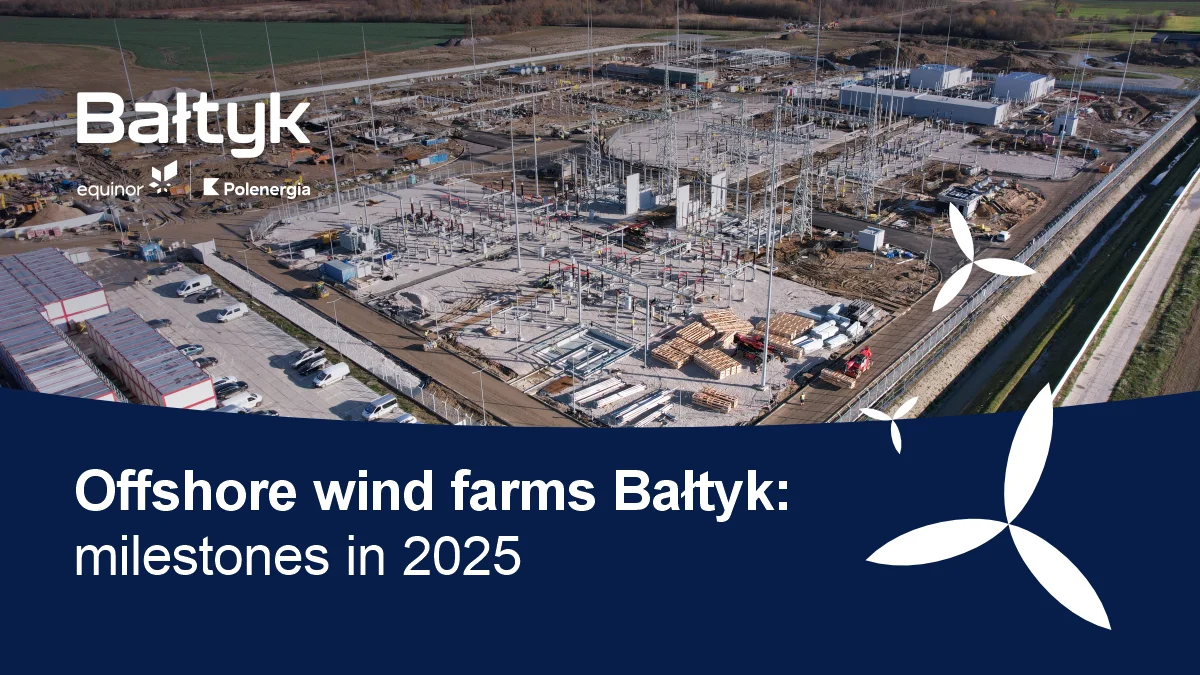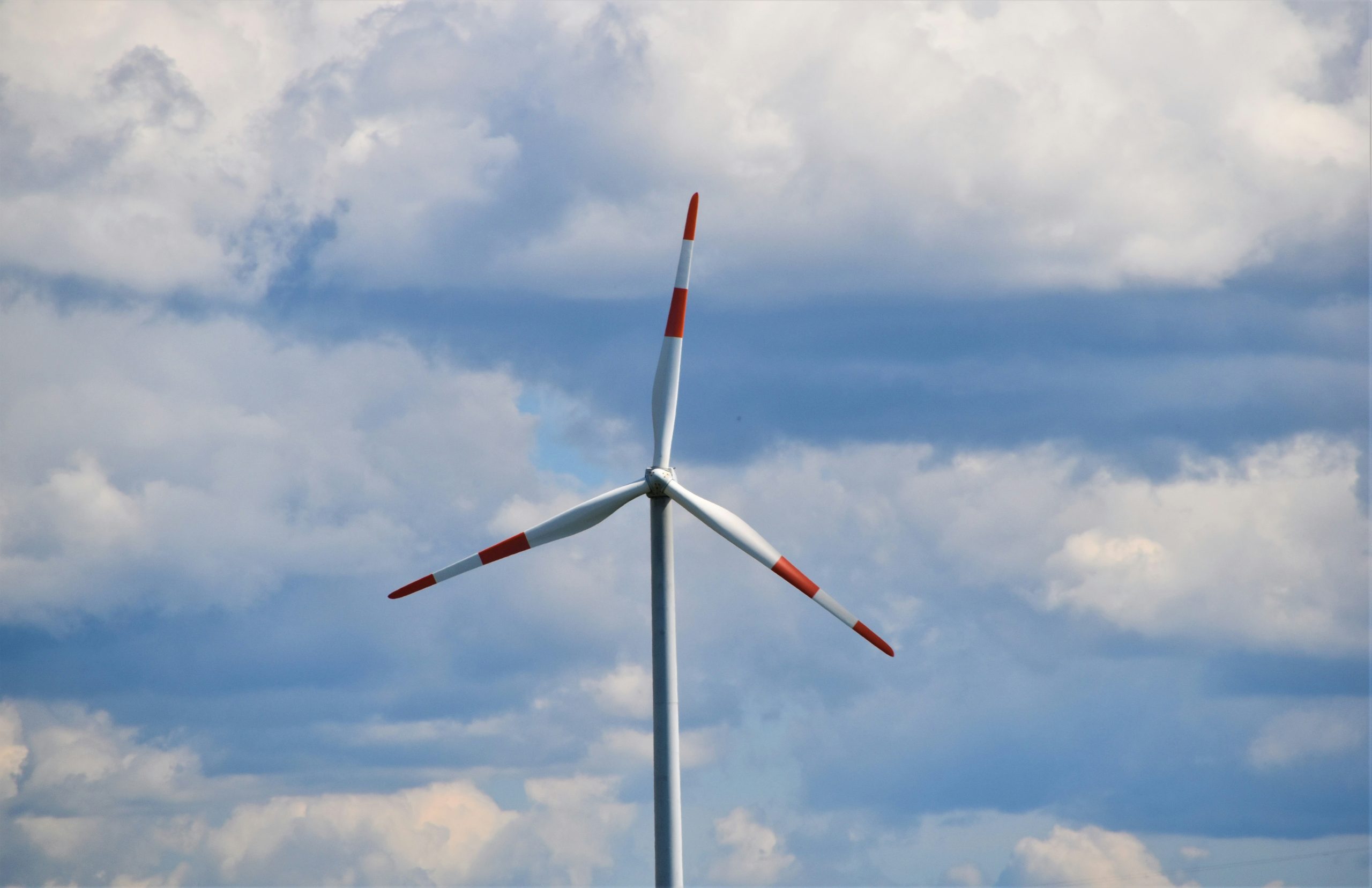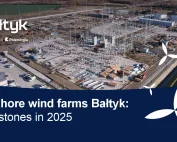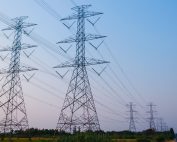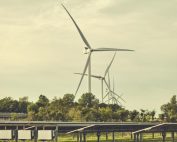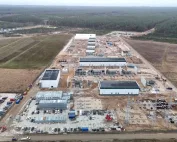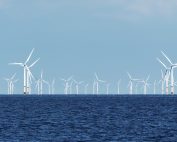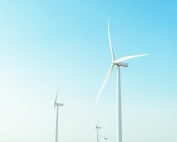“The green transition must protect and enhance biodiversity. We take the impacts of renewable energy on Finland’s nature seriously and are committed to ensuring that wind and solar development respects biodiversity. Our sector’s joint goal is that, starting in 2030, as many completed wind farms and solar parks as possible will be net-positive for biodiversity at the local level,” says Anni Mikkonen, CEO of Renewables Finland.
“The biodiversity practices include measures to avoid negative impacts by siting projects outside key nature areas, publishing ecological data collected during projects for public use, restoring habitats such as wetlands, creating sunlit environments on project sites, and introducing ecological compensation practices. A mid-term review of the roadmap’s implementation will be conducted in 2027,” Mikkonen adds.
“We have been surprised by how much biodiversity work companies are already doing alongside their projects. Solar projects, for instance, are conducting before-and-after species monitoring to better understand their impacts. Wind projects have calculated ecological values to enable biodiversity offsetting, conducted additional bird monitoring, and provided funding to landowners for restoring natural habitats. Many companies are already aiming for biodiversity-positive energy production by 2030,” says Emma Kari, CEO of One Planet Oy.
Earlier this spring, Renewables Finland and One Planet published a report on the biodiversity impacts of wind and solar energy production in Finland. According to the findings, the biodiversity impacts of wind and solar energy are smaller compared to other forms of energy production. Negative impacts mainly relate to the production of construction materials and local land use changes, particularly affecting mammal species requiring large undisturbed territories.
Key points from the Biodiversity Roadmap:
- Biodiversity practices for wind and solar include measures to avoid negative impacts by locating projects outside the most valuable natural areas, habitat restoration such as wetland rehabilitation, creating sunlit habitats, implementing ecological compensation, and publishing biodiversity data for scientific use.
- Climate change is a major driver of biodiversity loss, and wind and solar energy are essential to combat it, as the energy sector is the largest source of climate emissions both in Finland and globally.
- Renewables Finland, representing large-scale wind and solar developers, is advancing the green transition while enhancing biodiversity.
- The sector’s goal is to achieve biodiversity-positive wind farms and solar parks starting from 2030.
Download Renewables Finland’s Biodiversity Roadmap (in Finnish)
Source: Renewables Finland
